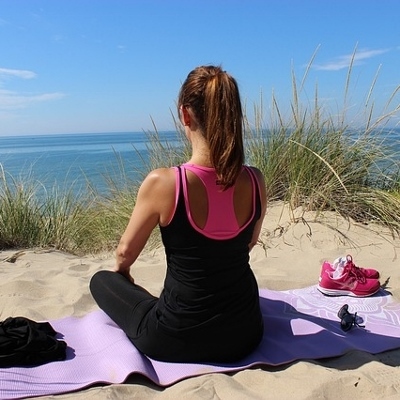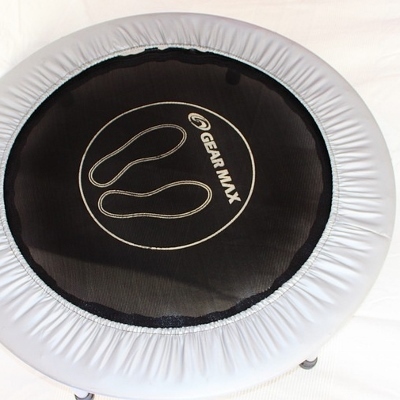 Push-ups are integral to strength building; they build upper-body strength, can be done virtually anywhere and at any time, and require no equipment. Naturally, it’s easy to scoff at push-ups, because they’re so “undemanding.”
Push-ups are integral to strength building; they build upper-body strength, can be done virtually anywhere and at any time, and require no equipment. Naturally, it’s easy to scoff at push-ups, because they’re so “undemanding.”
However, most people usually find them “easy,†because they’re not doing them right. That aside, you might find it easier to do push-ups simply because you’ve gained the simple basic strength to do so. The next step would be to increase the challenge to build more strength and circumvent boredom.
One way to make push-ups more difficult is to elevate your feet, such as on a chair or bench. Doing so increases the resistance level of the exercise; changing the angle makes completing a set even more of a challenge.
Another way to make the routine harder is to add weights. A weight vest comes in handy, although they can be pricy; however, balancing weight plates between your shoulder blades is never a good idea – unless you intend to give yourself a concussion!
An equipment-free means of increasing push-up difficulty is by narrowing the distance between your hands. Rather than having hands at shoulder-width, doing push-ups with your hands placed closer together shifts the stress to the triceps, making the routine more challenging.
Taking a plyometric approach is sure to make push-ups more difficult. Variations include elevating hands by 4 inches on 2 platforms and allowing your torso to “fall†between the platforms before pushing yourself back up quickly. Another thing to try is to clap your hands together once when pushing up, although it should be noted that this should be done in moderation to avoid injury.
You can also shift the position of your hands to make push-ups harder. Known as offset push-ups, placing one hand nearer to head level, and the other at shoulder level increases difficulty, and further increases the exertion on the abdominal muscles as well.
Of course, if you’re game for it, these suggestions can be used in combination with one another to add a whole new level of difficulty (and pain!) to your strength training sessions. Just be sure to keep your torso straight, turn your hands out 45°, and tuck in your elbows and chin, so that your neck is aligned with your spine.





